Rating of the best welding electrodes in 2020
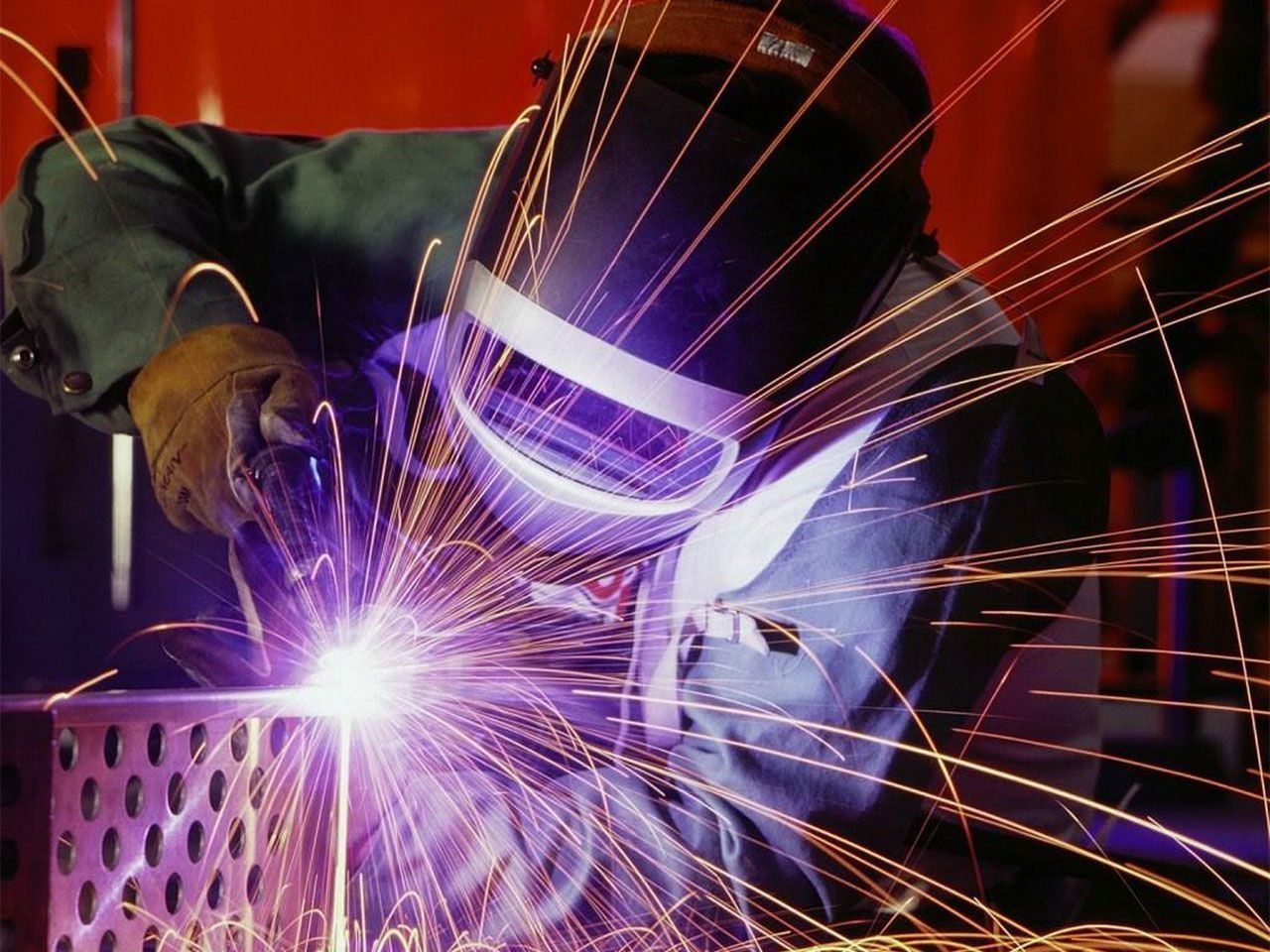
Welding electrodes are special metal rods used for welding. They come in several types, depending on the type of welding and metals. The electrodes must be used strictly for their intended purpose. They are divided into metallic (melting and non-melting - tungsten, thoriated, etc.) and non-metallic (non-melting - coal or graphite). Consumable electrodes can be coated (cast iron, steel, aluminum, bronze, copper) and uncoated. The holder for this equipment is usually selected separately; it is desirable to be able to fix electrodes of different diameters.
The main types of electrodes
This welding equipment is divided into main classes with respect to the type of metal used:
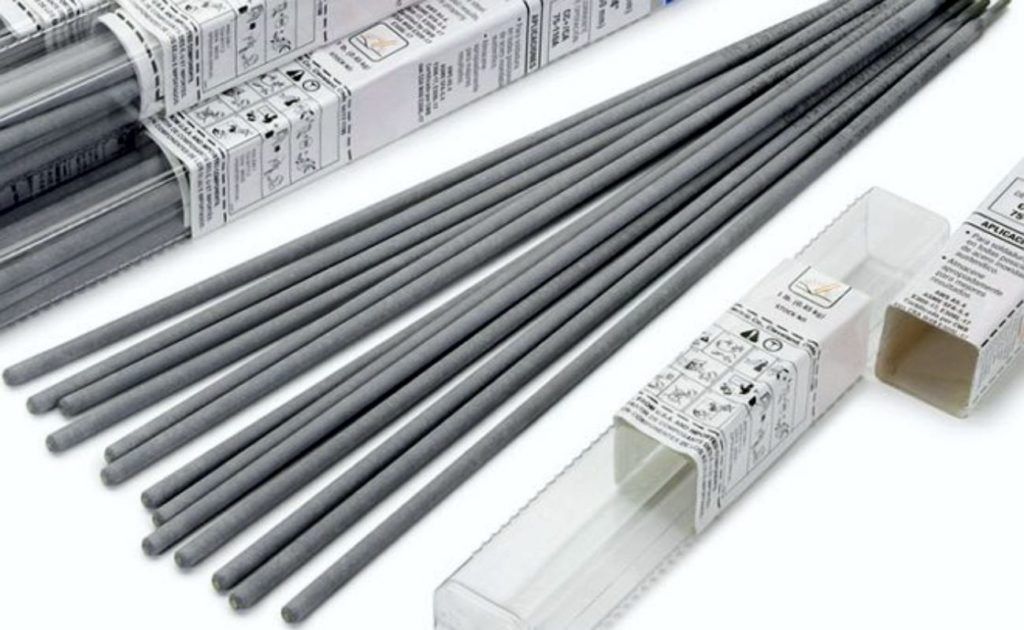
- For welding heat-resistant alloy steel;
- For high alloy steel;
- For structural steel (for arc welding);
- For metal surfacing;
- For non-ferrous metals;
- For cast iron;
- For thin metal (the thinnest ones are less than 2 mm in diameter).
Types of electrodes by type of coating
Letter designations indicate the type of electrode coating:
- A - acidic coating containing silicon, manganese, iron;
- B - the main coating, which includes calcium fluoride and calcium carbonate. Suitable for welding with alternating polarity direct current;
- C - cellulose coating with an organic base;
- Р - rutile coating. Additionally contains organic substances and minerals.
Types of electrodes by welding position
Positioning the current conductor is an important aspect of the welding process. There are several valid position options:
- Any provisions;
- Any position other than vertical from top to bottom;
- Bottom (vertical from top to bottom and horizontal);
- Down position.
Types of electrodes for work with direct current
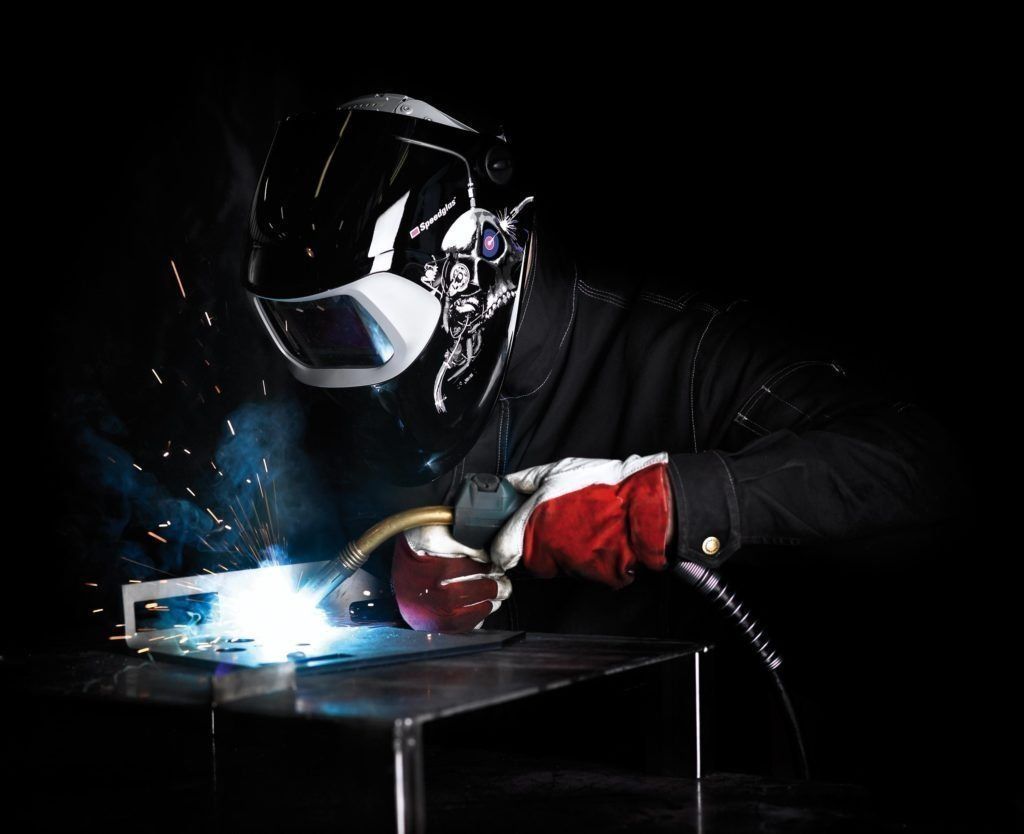
This type of welding is the easiest, safest and most reliable, providing an even seam. In this case, special electrodes are used, suitable specifically for conducting direct current:
- MP-3C. Has a blue marking. It is used for welding carbon and low-alloy steel, provides a high-quality and even seam, facilitates the process.
- OZS-4. Electrodes with red markings. Suitable for welding carbon and low-alloy steels, as well as for oxidized surfaces.
- OZS-12.These are red electrodes intended for critical structures (made of low-carbon steel). Welding is allowed in all positions except vertical.
- SSSI 13/45. Basic coated products for welding of vessels under pressure, metals with a large thickness, as well as for the welding process of possible defects. Suitable for low alloy and carbon steel.
- SSSI 13/55. For work with pressure vessels, building metal structures (from low-alloy and carbon steel types).
Types of electrodes for welding on cast iron
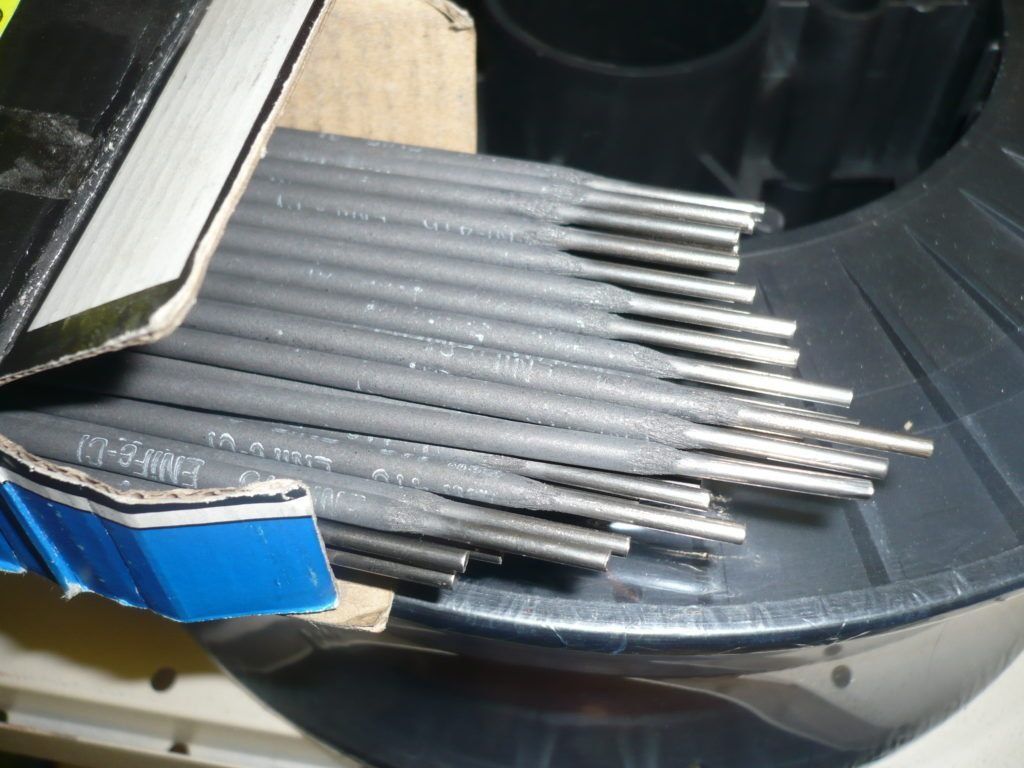
Since cast iron is one of the most common materials, it is worth considering separately the types of electrodes used for welding products from this material. It should be noted that direct current electrodes are used to melt cast iron.
- MNCH-2. Allows welding in the bottom, vertical and semi-ceiling positions with direct current reverse polarity.
- OZCH-2. For ductile and gray cast iron in downward and upright position, with direct current reverse polarity.
- MNCH-4. For cast iron of any kind in vertical and downward position (direct current reverse polarity).
- TsCH-4. Used only in the down position for cold and hot welding. Allows you to fusion cast iron with steel of a different type. At high voltage, the current becomes alternating.
- OZCH-4. For work with any kind of cast iron, in the upper and lower positions, only with direct current of reverse polarity.
- OZZHN-1. Electrode for cold welding of ductile and gray cast iron in the lower and vertical position.
- OK 92.18. For welding when heated (with DC and AC).
Characteristics and selection criteria
One of the main parameters of welding electrodes is its coating, or rather its composition:
- Rutile coated conductors. This also includes rutile-based mixed coated conductors. These are the most popular electrodes and are easy to ignite. Used with AC and DC current in any position.
- With basic coating. Typically used for direct current welding. They provide a flexible seam, but are difficult to ignite and are highly sensitive to moisture.
- Sour coated. As with rutile coated products, they are used for inverters, however, work in this case must be done in a well-ventilated area.
- For beginners, electrodes of the OZS-12 type are suitable, while SONI are more related to professional work.
- Manual arc welding involves the use of a welding inverter. The elements for this apparatus must be dry and not damaged. They are selected for the type of inverter in relation to the technical characteristics of this device.
- The weight of one electrode for each individual brand is different, depending on the materials used. According to the standard, the weight of the electrodes in a pack should be 3 kg, 5 kg and 8 kg for electrodes with a diameter of 2.5 mm, 3-4 mm, 4 mm, respectively.
The best electrodes for amateur and professional welding
The rating includes the most popular models of this welding element, designed for manual arc welding of common types of steel. These are products with rutile and basic coatings.
Rating of the best electrodes with rutile type of coating
Elements with this type of coating (including rutile cellulose) are used with alternating and direct current. They are distinguished by light primary and reignition, resistance to dampness. Welding can be done in all positions.
MR-3S
Popular electrical conductors of Russian production (SpetsElectrode firm) suitable for household work, welding with an extended arc is acceptable. Consumption: 1.7 kg per 1 kg of metal. An hourly calcination mode is required at a temperature of 120 to 160 degrees. The main distinguishing feature of this model is the guaranteed stability of the arc, the ability to weld in any position. Does not form slag and porous inclusions.Suitable for welding on rough surfaces (eg rusty). Average cost - 890 rubles.
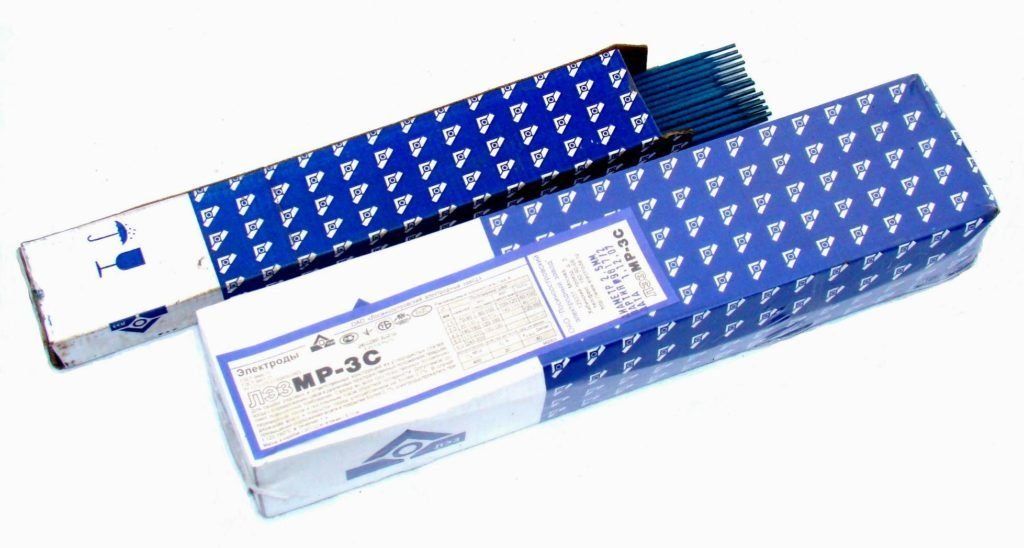
- arc stability;
- easy ignition;
- simplified welding process;
- high quality welding.
- high sensitivity to dampness;
- fakes are widespread.
ANO-4
Another well-known model from the Russian manufacturer (LEZ - Losinoostrovsky Electrode Plant), which is distinguished by quality and versatility. Calcination mode for an hour at a temperature of 180 to 200 degrees. Short arc and medium arc welding possible. These products are used for welding critical joints in any position. Used with mains-connected equipment (AC and DC). There are no defects during work, the seams are of high quality and reliability. The average price is - 109 rubles.
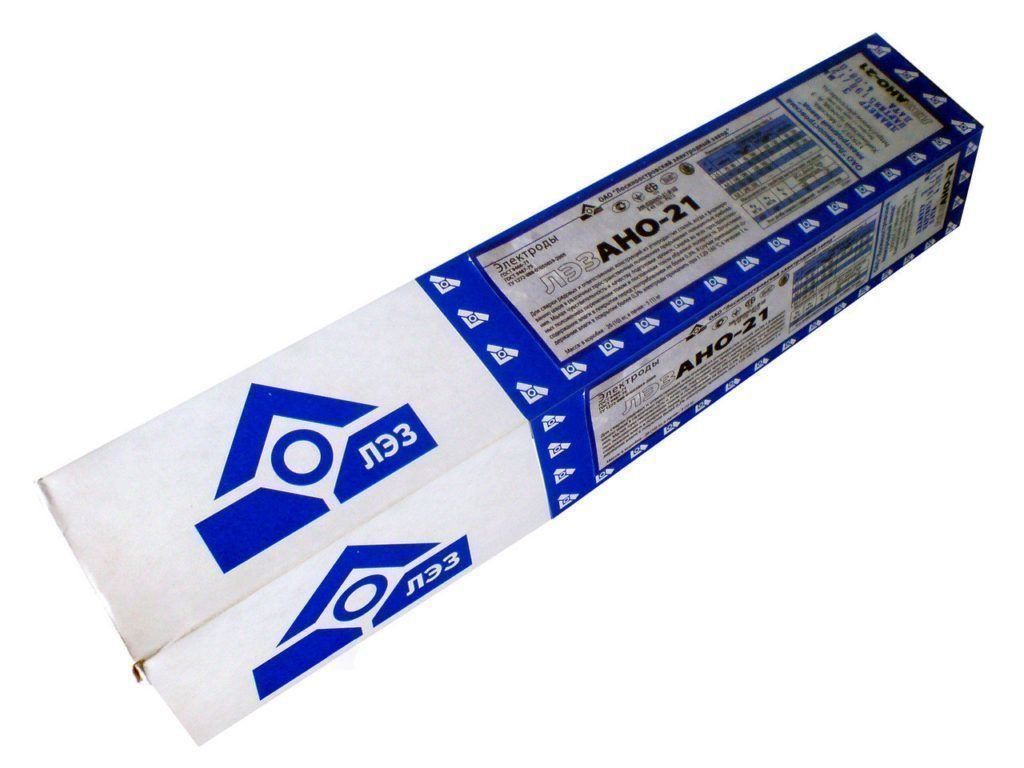
- the weld metal does not form flaws;
- ease of ignition;
- simple separation of slags.
- sensitivity to moisture;
- inadmissibility of welding in a vertical position.
ESAB OZS-12
Consumable elements from the subsidiary company ESAB-SVEL of the Swedish manufacturer ESAB, used to work with carbon and low-alloy steel. The main feature is the formation of smooth beads and a neat seam. There is no tendency to cracks in the weld metal. Average cost - 820 rubles.
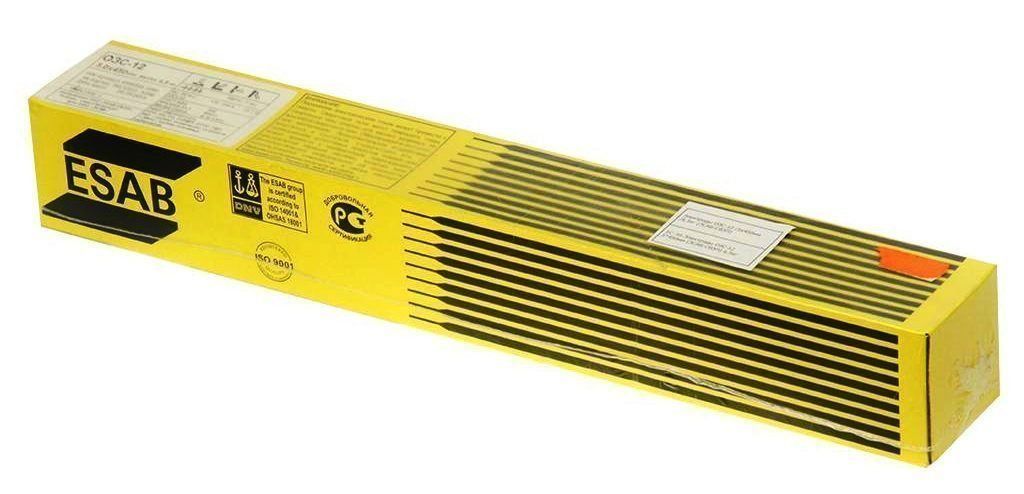
- high quality of the seam;
- neat roller formation;
- guaranteed strength of joints.
- calcination is required before use;
- the need for storage in a thermostat.
ESAB SVEL OK 46.00
A brand of reliable electrodes of a Russian-Swedish company, a distinctive feature of which is a stable, fast ignition and combustion even with a slight dampness. In addition, they are not afraid of corrosion and dirt. Work can be done in any direction and position, with direct and alternating current. Thanks to this, it is possible to work with unprotected surfaces, and the seam is durable. For calcination, a temperature of 80 to 90 degrees is required. The average price is 830 rubles.
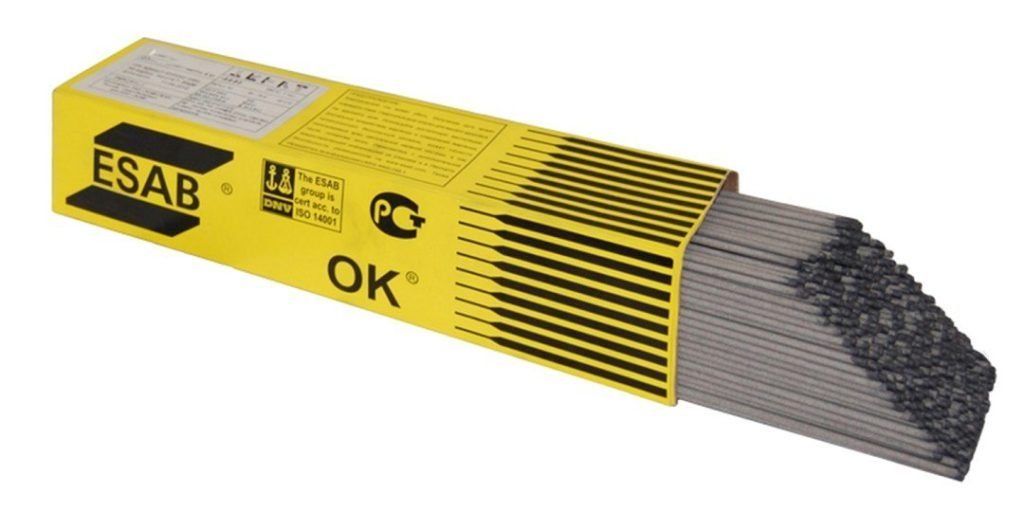
- the possibility of welding at a minimum current;
- easy ignition;
- simple slag separation;
- the possibility of welding rusty and dirty surfaces.
- not suitable for pipe welding.
Omnia 46 (KD 46)
Inexpensive electrodes from the popular American company Lincoln Electric provide perfect ignition. This welding equipment is certified to work with carbon and low alloy steels and can be welded in any position. They are characterized by simplicity and ease of use, therefore they are well suited for novice welders. They can be used on a budget welding machine (inverter). Suitable for pipe welding, as the seams are of high quality and resistance to stress. The average cost is 182 rubles.
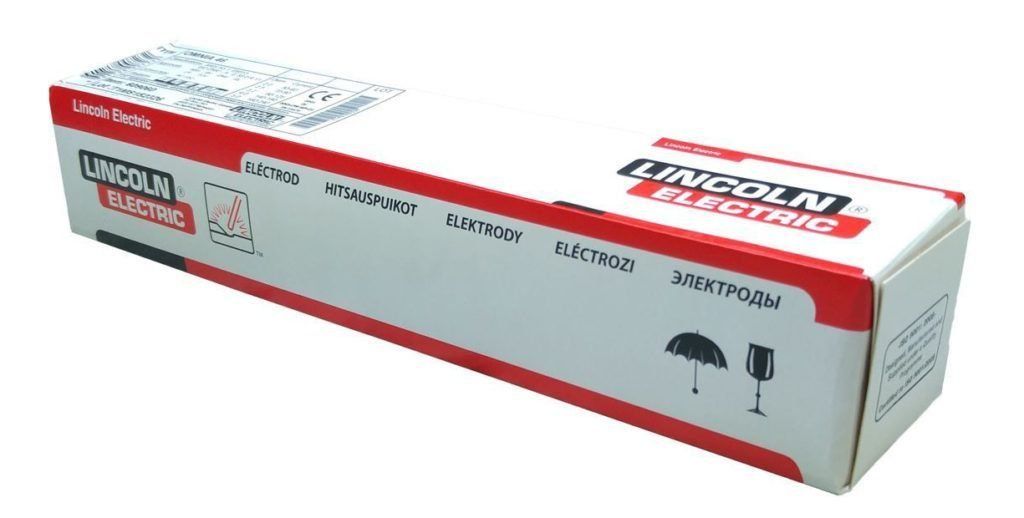
- stable burning of the arc;
- lack of sticking;
- easy separation of slags;
- low sensitivity to arc length;
- few sparks during work;
- convenience of work even with budget equipment.
- compulsory calcination.
Resanta MP 3
A common brand of welding electrodes, characterized by easy ignition. They allow welding in any direction, they are not afraid of contamination, and the slag is easily removed after work. In addition, this product does not have an increased sensitivity to the quality of the weld steel. The average cost is 450 rubles.
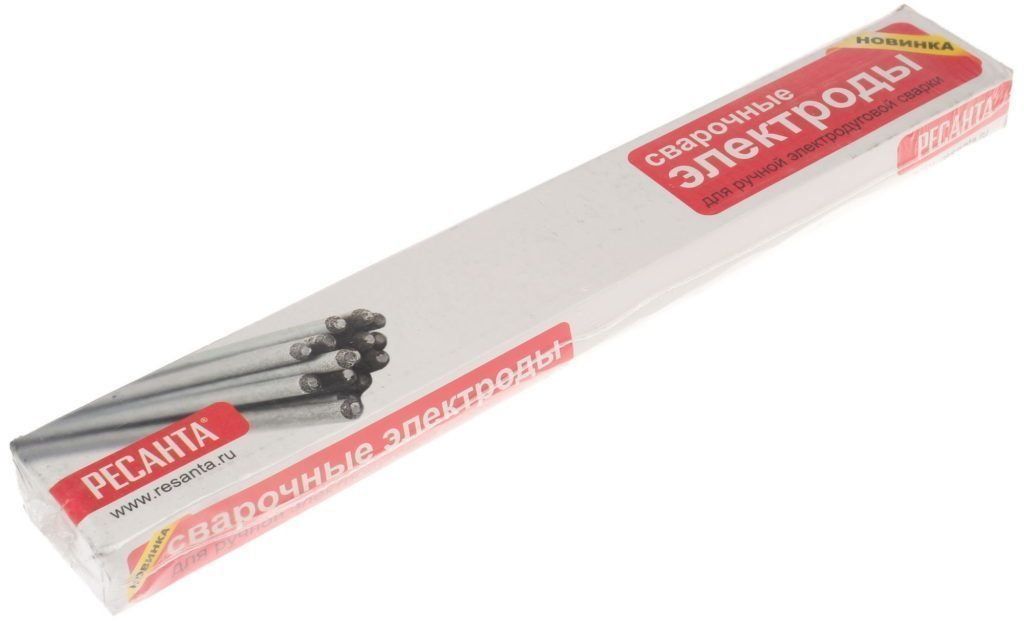
- affordable price;
- use with direct and alternating current;
- no pore formation occurs.
- when damping, the quality of the seam suffers;
- not suitable for high carbon steel;
- calcination is required.
Rating of the best electrodes with the main type of coating
This type of coating is designed to work with both DC and AC current. They form high quality seams, so this product can be used for critical connections.However, in this case, difficulties arise with the ignition of the arc, in addition, the product is sensitive to moisture. In this regard, it becomes necessary to calcine the electrodes, while the calcination modes of different brands differ.
SSSI 13/55
A very popular brand of reliable electrodes from the Russian company Tigarbo, ideal for household DC welding. Designed for welding critical structures made of carbon and low-alloy steels, as well as joints exposed to low temperatures. The seam is plastic and tough. The average cost is 600 rubles.
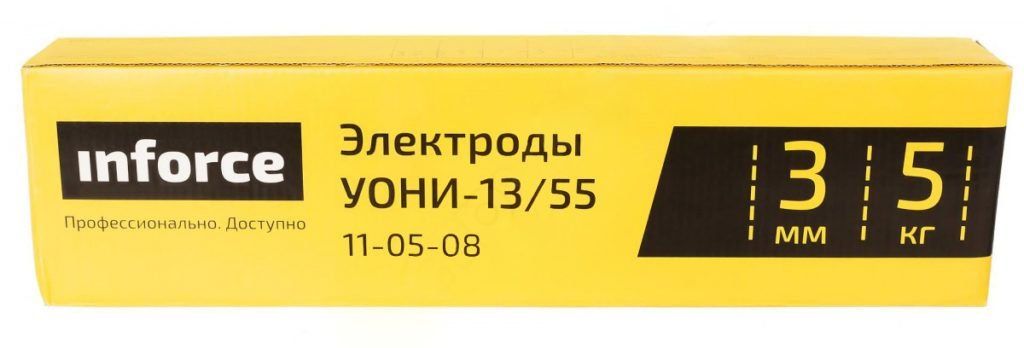
- low sensitivity to dampness;
- no harmful inclusions are formed in the seams;
- creation of durable and reliable connections;
- stable protection of the weld pool from oxygen.
- the need for surface treatment before work;
- difficult ignition of the arc (including re-ignition);
- mandatory control over the length and state of the arc.
EA-400 / 10U
Russian-made electrodes designed for welding critical joints from stainless, corrosion-resistant steel, as well as products exposed to corrosive environments (temperatures up to +360 degrees). Can be applied in any position and direction. Average price 900 rubles.
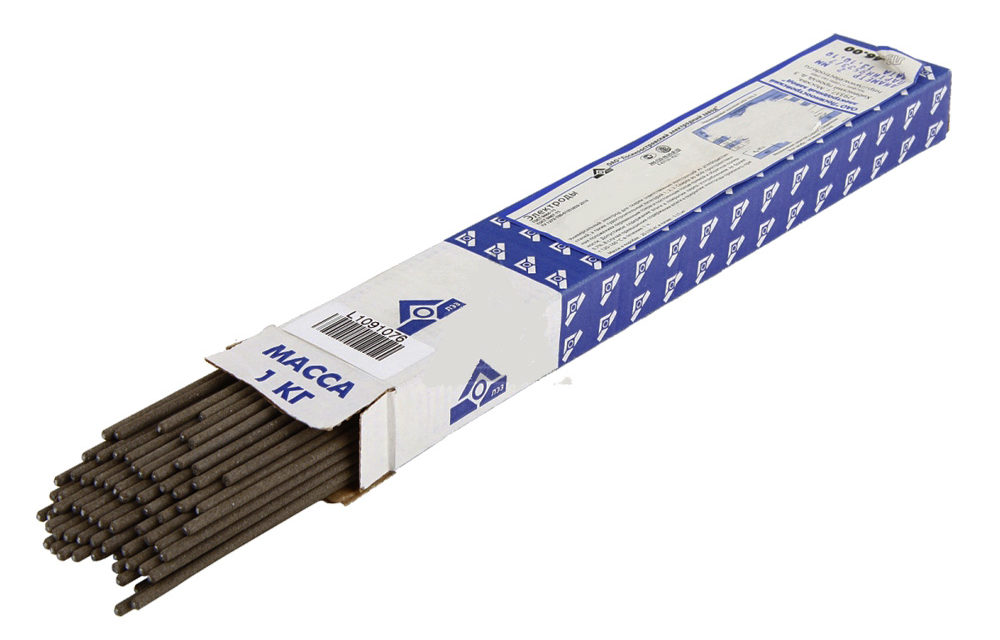
- convenient ignition;
- stable burning of the arc;
- the quality matches the price.
- the need for careful storage from dampness;
- calcination is required.
LB-52U
Welding elements of the Japanese company Kobelco, which do well with welding of low-carbon steels with direct and alternating current. Suitable for welding critical structures, pipelines. The joints are distinguished by tightness, high quality impact strength. Another advantage is the formation of a neat back roll. Average price - 1,700 rubles.
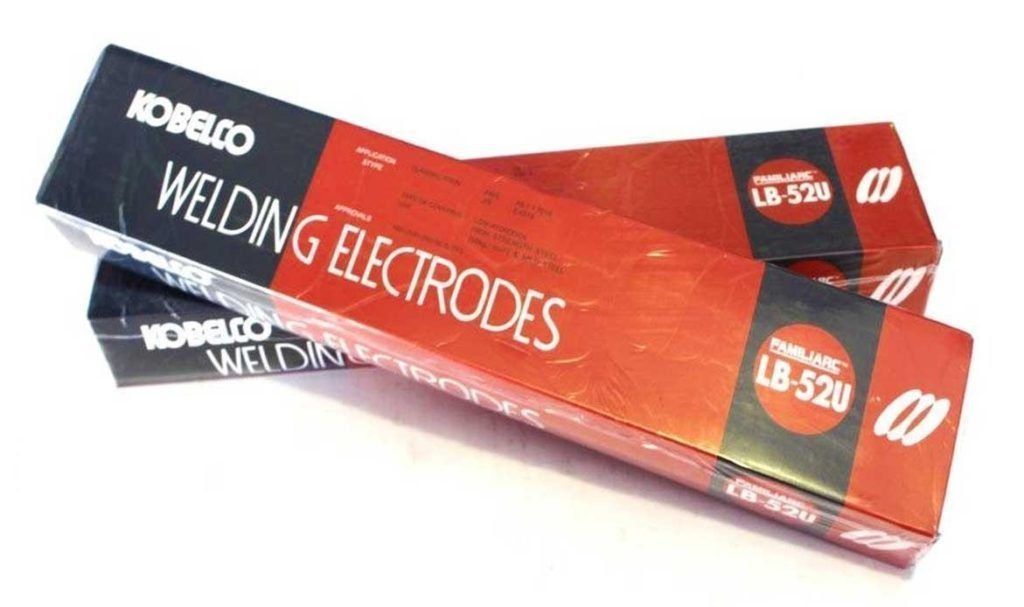
- high strength and cleanliness of the seam;
- ease of use;
- maintaining and controlling the arc in any direction.
- compulsory calcination before starting work;
- when damping, the quality deteriorates;
- high price.
OZL-8
Brand of Russian-made electrodes used for stainless steel, as well as materials with a high chromium and nickel content. The product is only suitable for DC reverse polarity operation and the arc length must be short. The seam is durable, corrosion-resistant. The average price is 530 rubles.

- no cracks in the seam;
- easy slag separation;
- ideal for working with stainless steel.
- deterioration of characteristics when damp.
Which welding electrode to choose?
Products of both foreign and Russian firms show high performance. The most common brands of welding electrodes have a large number of positive reviews among professional and novice welders. The most popular companies producing electrodes with basic and rutile coating:
- SSSI. The product SSSI 13/55 has a basic coating, has an affordable price, and provides a reliable seam. Plus, it's affordable and popular, so it's easy to get it from any relevant store.
- Kobelco. The products of this company also have a basic coating and require preliminary calcination to remove excess moisture. Suitable for welding pipes and serious structures.
- ESAB-SVEL. The equipment of this company does not need serious calcination, since it does not have a high sensitivity to moisture. Work can be carried out at minimum current, which allows working with thin-walled steel.
- Lincoln Electric. The electrodes of this company are inexpensive, are distinguished by fast ignition, and form a seam of high strength.
- OZL-8. Electrodes for welding stainless steel as well as metals containing chromium and nickel. They are distinguished by their high cost.
- Resanta MP-3. When this product is dampened, prolonged baking at an average temperature will be required, otherwise the quality of the seam will noticeably decrease.
In addition to popular brands of electrodes, there is a variety of welding elements that have a narrow scope and are not used in everyday life.
In general, it should be noted that the quality of the seam formed, the speed of the process, safety and comfort of work depend on the parameters and characteristics of the selected welding electrodes. Reliable equipment guarantees a reliable work result, which is why it is necessary to select it carefully and responsibly.
new entries
Categories
Useful
Popular articles
-

Top rating of the best and inexpensive scooters up to 50 cubic meters in 2020
Views: 97661 -

Rating of the best materials for noise insulation for an apartment in 2020
Views: 95022 -

Rating of cheap analogues of expensive drugs for flu and colds for 2020
Views: 91751 -

The best men's running shoes in 2020
Views: 87681 -

Top ranking of the best smartwatches 2020 - price-quality
Views: 85091 -

Best Complex Vitamins in 2020
Views: 84801 -

The best dye for gray hair - 2020 top ranking
Views: 82406 -

Rating of the best wood paints for interior use in 2020
Views: 77202 -

Ranking of the best action cameras from China in 2020
Views: 75269 -

Rating of the best spinning reels in 2020
Views: 74827 -

The most effective calcium supplements for adults and children in 2020
Views: 72463 -

Top rating of the best means for male potency in 2020 with a description
Views: 68296









